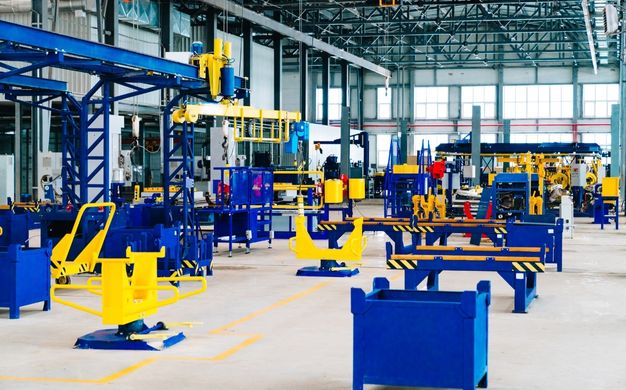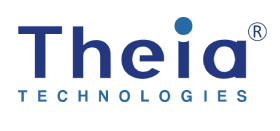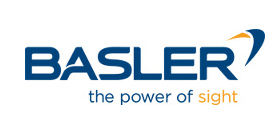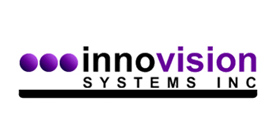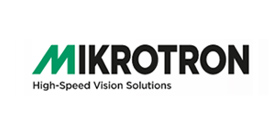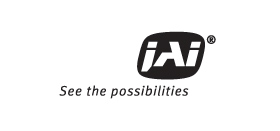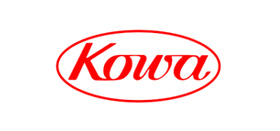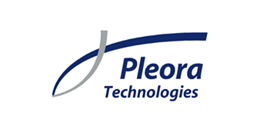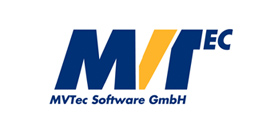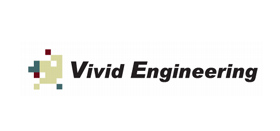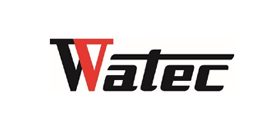Machine vision is the technology used to provide imaging-based automatic inspection and analysis for such applications as process control, robot guidance, factory automation, and mechanical inspection, usually in industry.
According to Forbes , a machine vision system is a combination of software and hardware that usually incorporates:
- * Sensors
- * Frame-grabber
- * Cameras (digital or analog)
- * Sufficient lighting for cameras to capture quality images
- * Software and computer capable of analyzing images
- * Algorithms that can identify patterns necessary in some use cases
- * Output such as a screen or mechanical components
How is machine vision used?
Machine vision is primarily used in industry for quality control to identify businesses production line mistakes, inspection, guidance, and more. Machine vision is valuable for factory automation in finding and correcting production line errors where they start before, they affect too many more products.
Machine vision is also helpful for manufacturing and warehouses, where they can expedite inventory control by reading barcodes and labels on various products and parts. Machine vision lenses are also used for finding a specific part and ensuring proper placement or positioning, so the production process runs as smoothly as possible. It is also used for machine vision gauging, where a fixed-mount camera distinguishes two or more points on an object as it goes through the production line to find discrepancies between the distances measured and thus finds production mistakes.
In agriculture, farms find machine vision beneficial when installed in farming equipment to monitor crops and detect their diseases. SWIR imaging is one application of machine vision that can be used in the agriculture and farming industry for produce inspection because its ability to see past the human eye.
The printing industry finds machine vision useful for catching printing defects for labels, packaging, and other print.
In healthcare and life sciences, machine vision lenses —such as these SWIR lenses —are used for microscopes, robotics, and medical machines, such as the well-known CT scanner.
Why is the lens a critical component in machine vision?
The data flows from the lens first. That makes the lens choice one of the most impactful decisions in determining how a machine vision system will perform. Computar's award-winning 45-megapixel machine vision MPT lens series ' floating design is ideal to deliver high-performance and high-level aberration correction at any working distance. In addition, the centering/alignment technology has astonishing performance from the image center to the corner, delivering the precise detail required for optimal machine vision performance.
Machine vision systems and their applications are constantly evolving. With continuous advancements in technology, robotics, and AI, machine vision will become a standard for improving quality, efficiency, and operations.
Also Read: WHAT’S THE DIFFERENCE BETWEEN VISIBLE AND SWIR LENSES?
Back to All Robotics and Autonomous Systems Articles, Resources and News
Share This:
To Know More About Industrial Machine Vision Cameras Dealer in Singapore Contact MVAsia Infomatrix Pte Ltd at +65 6329-6431 or Email us at info@mvasiaonline.com
Source - Computar.com


